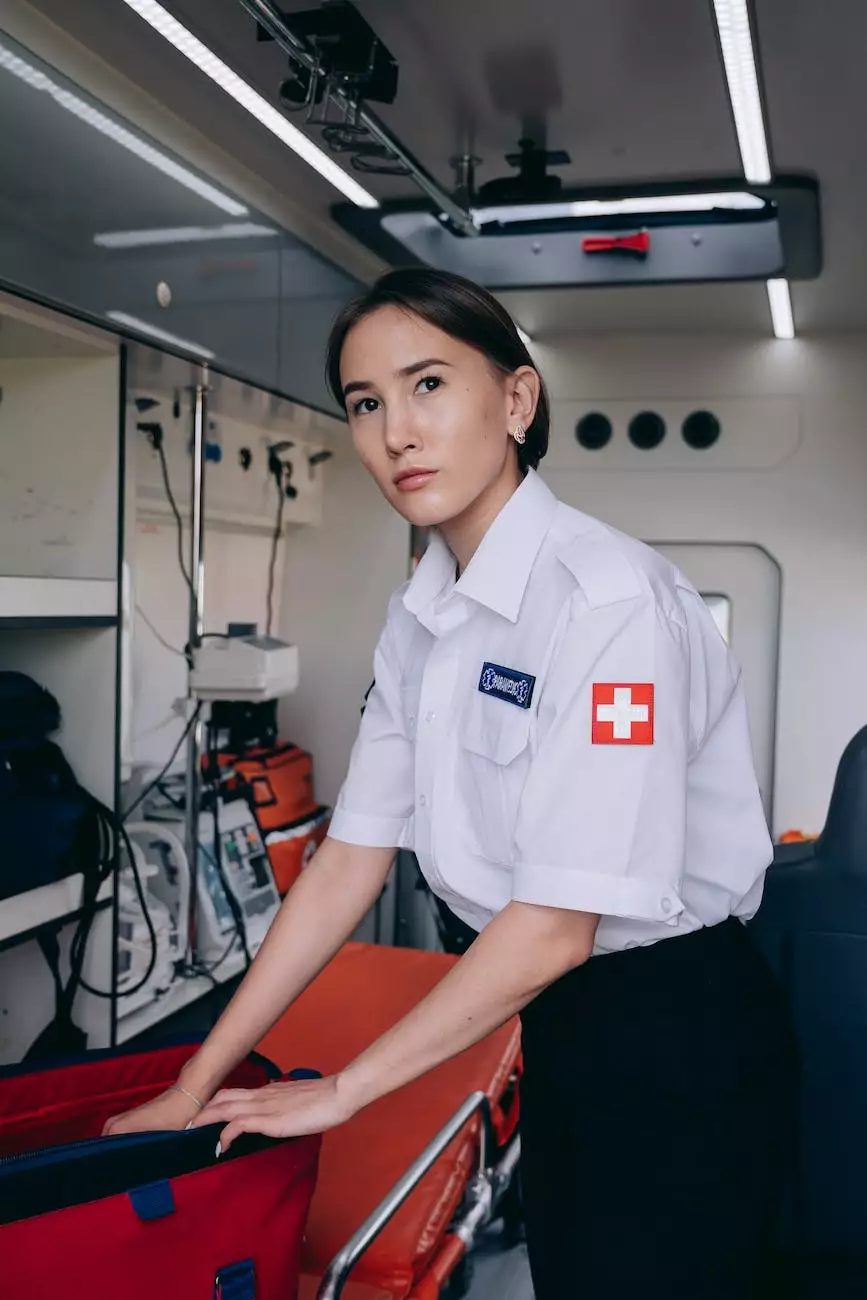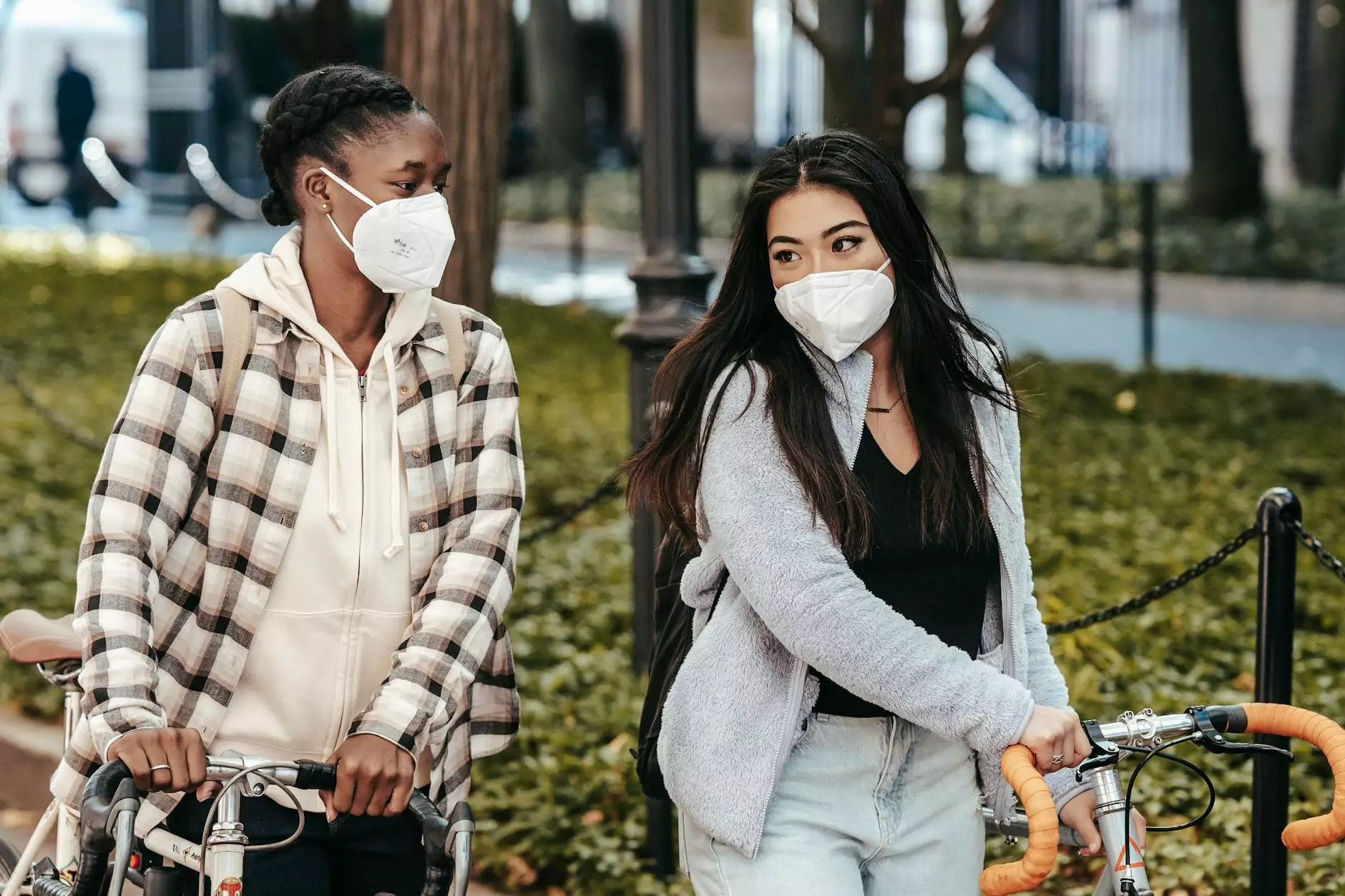Signs of a Stroke: Symptoms, First Aid, and More
Services
Understanding Strokes
Welcome to the comprehensive guide on stroke signs and symptoms, brought to you by Benjamin Shettell, MD, a trusted name in stroke prevention and treatment. Strokes are a critical medical condition that require immediate attention. This article aims to educate you about the various signs of a stroke, the importance of recognizing them, and how to provide first aid.
What is a Stroke?
A stroke occurs when the blood supply to the brain is disrupted, resulting in the death of brain cells. It is a medical emergency that can lead to severe complications or even death if not treated promptly. Strokes can be of two types:
- Ischemic Stroke: This type of stroke occurs when a blood clot blocks an artery or a blood vessel, cutting off the blood flow to the brain.
- Hemorrhagic Stroke: This type of stroke happens when a blood vessel ruptures, causing bleeding in the brain.
Common Signs and Symptoms of a Stroke
Recognizing the signs and symptoms of a stroke is crucial in ensuring timely treatment. The following are common indications that someone may be experiencing a stroke:
- Facial drooping or numbness
- Difficulty speaking or slurred speech
- Weakness or numbness in the arms or legs, especially on one side of the body
- Confusion or trouble understanding
- Severe headache
- Trouble with balance or coordination
- Blurry or impaired vision
- Dizziness or loss of consciousness
When to Seek Immediate Medical Attention
If you or someone around you experiences any of the mentioned symptoms, it is important to seek immediate medical attention. Time is of the essence when it comes to treating strokes, and getting help quickly can significantly improve the chances of a positive outcome. Do not hesitate to call emergency services immediately if you suspect a stroke.
First Aid for Strokes
While waiting for medical help to arrive, there are some first aid steps you can take to potentially minimize the damage caused by a stroke:
- Stay calm and reassure the person affected by the stroke.
- If conscious, help them sit in a comfortable position.
- Loosen any tight clothing that might restrict breathing or blood flow.
- Do not give them any food, liquids, or medications.
- If they become unconscious and are not breathing, perform CPR as per your training or follow directions given by the emergency operator over the phone.
Preventing Strokes
Prevention is always better than cure. While some risk factors for strokes, such as age and family history, cannot be changed, there are several lifestyle modifications you can make to decrease your chances of experiencing a stroke:
- Quit smoking and avoid secondhand smoke.
- Maintain a healthy diet low in saturated fats, cholesterol, and sodium.
- Engage in regular physical activity.
- Control your blood pressure and cholesterol levels.
- Manage and control diabetes.
- Avoid excessive consumption of alcohol.
- Stay hydrated and limit caffeine intake.
- Manage stress levels through relaxation techniques or meditation.
Conclusion
Strokes are a medical emergency that require prompt attention. Being aware of the signs and symptoms, knowing how to provide first aid, and adopting a healthy lifestyle can significantly reduce the risk of strokes. If you have any concerns or questions, consult Benjamin Shettell, MD, a dedicated healthcare professional specializing in stroke prevention and treatment.




